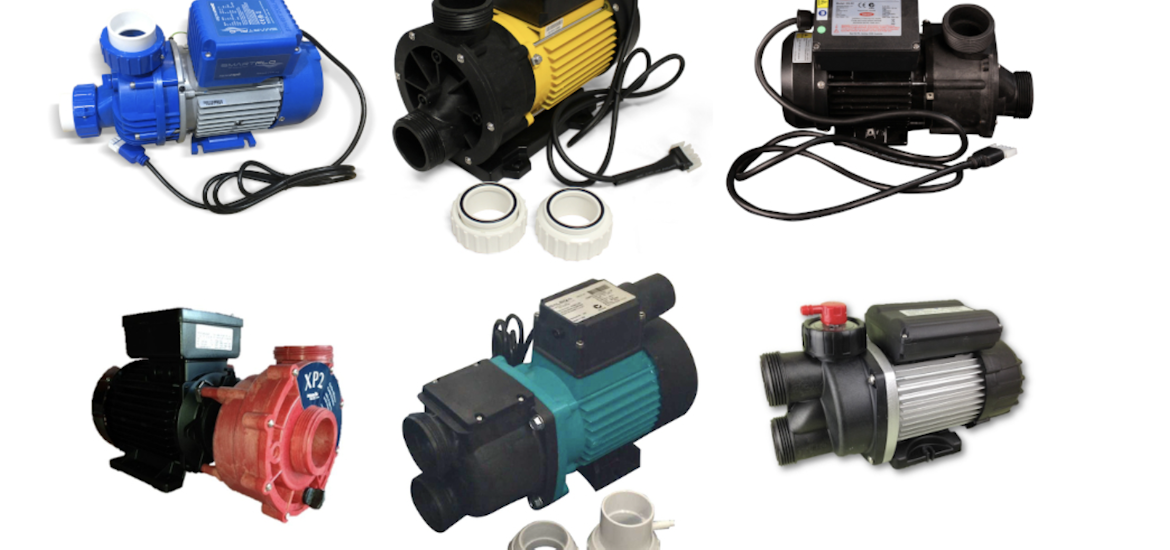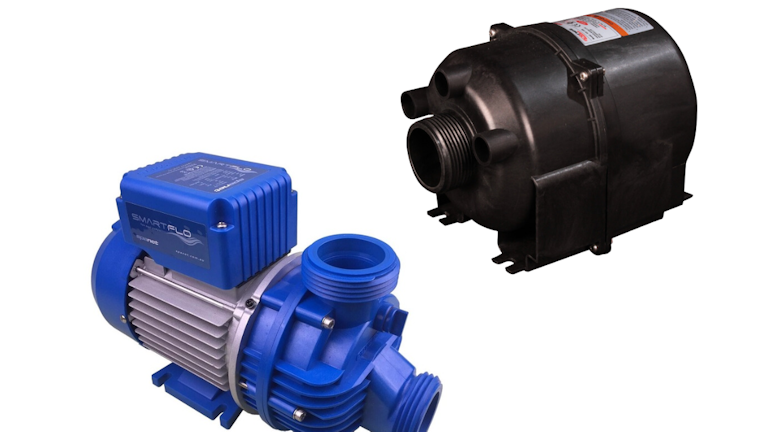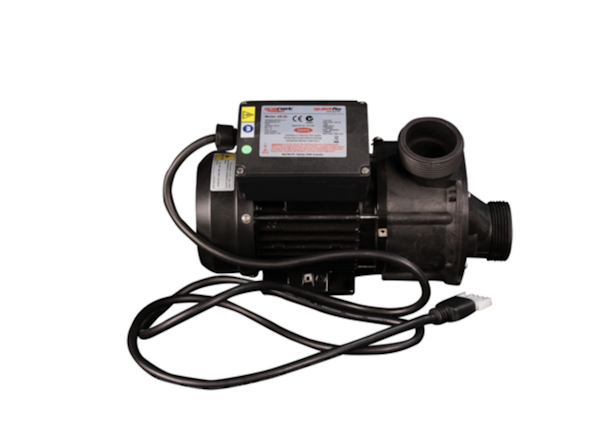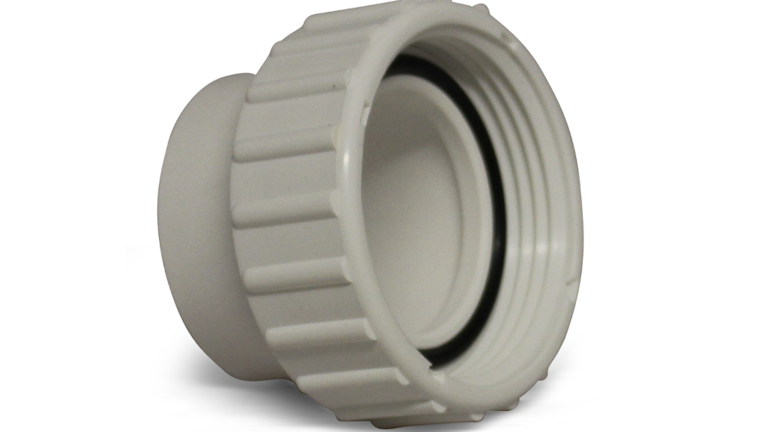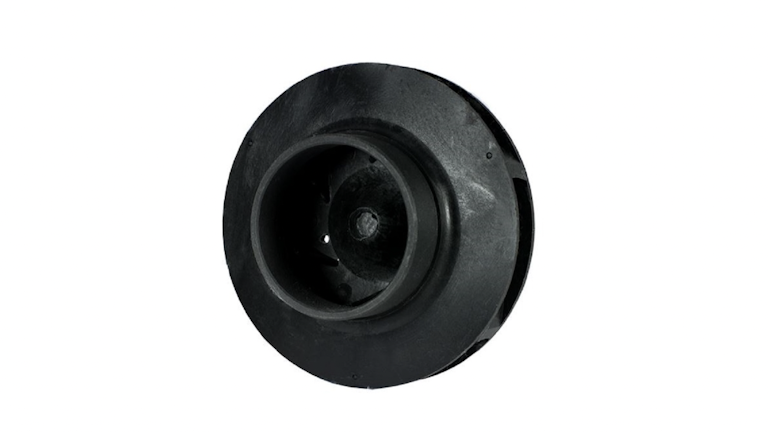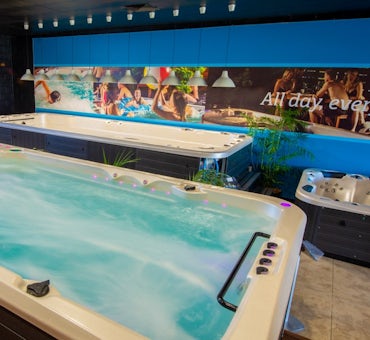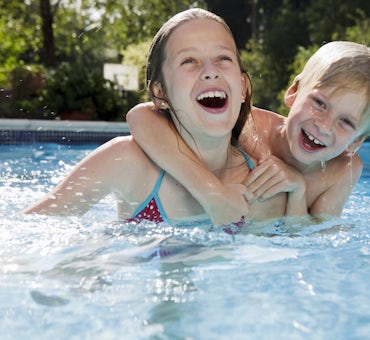There are a myriad of pumps that are available and it can be hard to know which is the right one for your spa or swim spa. In some cases, spas have more than one pump too.
In this article, we’ll discuss all the different types of pumps that may be present in your spa and how to choose the right one if you need to replace it.
We cover:
- What does a circulation pump do in a spa?
- What is the difference between a circulation pump and a boost pump
- What is the difference between a circulation pump and a blower
- What is the best spa pump
- What do the specifications mean on a spa pump
And more!
